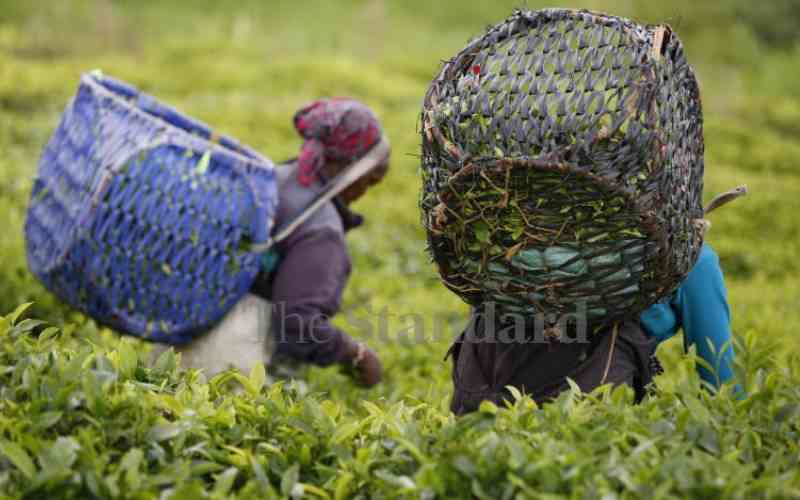By Peter Orengo
In response to high food prices and persistent drought, Food and Agriculture Organisation (FAO) has released Sh33.3 million to assist rice farmers in Western Kenya.
Speaking when he toured rice farms in Kano plains last week, FAO country Director Catro Camarada said the food situation called for urgent measures to enable farmers prepare for next planting season.
To solve high food prices, Mr Camarada said increasing supply through domestic food production was the only way to ensuring self-reliance in the future.
"High food prices severely threaten the food security of most vulnerable urban poor and rural populations that depend on markets to meet their food requirements," he said.
Money for farm imputs
Camarada said the money would assist rice farmers drawn from Ahero, Kano and Bunyala irrigation schemes in terms of farm inputs.
Already, 40 tonnes of seeds, 225 tonnes of fertilisers and 1,500 liters of pesticides enough for 1,500 acres have been bought and delivered, awaiting the start of the cropping season in April.
Camarada asked the Government to mainly focus on smallholder farmers and rural households, saying they dominate the farming sector.
In Kenya, factors that have contributed to the high food prices include low or failed crop production as a result of poorly distributed and low rainfall (drought), high fuel prices affecting land preparation, high costs of farm inputs, especially fertilisers, effects of post-election violence, livestock diseases and high poverty levels. The Government has in the past focused on food export bans, lowering tariffs on food imports, commercial food imports and food aid for distribution to the poor.
Price control
It is in this context that FAO launched its Initiative on Souring Food Prices (ISFP) to boost production in the most affected regions, initially through improving the access/affordability of critical inputs like fertilisers and seeds.
Ahero, West Kano and Bunyala Irrigation Schemes have 5,500 acres land with irrigation infrastructure, but all are underperforming.
Although the three schemes support a population of more than 50,000 people, majority being small-scale resource poor farmers, cultivation of rice that is the main livelihood has slackened in the past five years.
Out of the 5,500 acres, farmers in the three schemes have cultivated about 1,500 acres, most of which has been rented out to people.
Yield per acre has gone down from 30 bags in the nineties to about 8-10 bags in 2007.
In the past 10 years, production of rice has been affected by constraints of poverty, access to credit facilities, high input prices, marketing and weak farmer organisations.
The schemes provide potential for increased food production in the region and therefore their choice for an off-season rapid response to high food prices.
 The Standard Group Plc is a multi-media organization with investments in media
platforms spanning newspaper print operations, television, radio broadcasting,
digital and online services. The Standard Group is recognized as a leading
multi-media house in Kenya with a key influence in matters of national and
international interest.
The Standard Group Plc is a multi-media organization with investments in media
platforms spanning newspaper print operations, television, radio broadcasting,
digital and online services. The Standard Group is recognized as a leading
multi-media house in Kenya with a key influence in matters of national and
international interest.
 The Standard Group Plc is a multi-media organization with investments in media
platforms spanning newspaper print operations, television, radio broadcasting,
digital and online services. The Standard Group is recognized as a leading
multi-media house in Kenya with a key influence in matters of national and
international interest.
The Standard Group Plc is a multi-media organization with investments in media
platforms spanning newspaper print operations, television, radio broadcasting,
digital and online services. The Standard Group is recognized as a leading
multi-media house in Kenya with a key influence in matters of national and
international interest.









